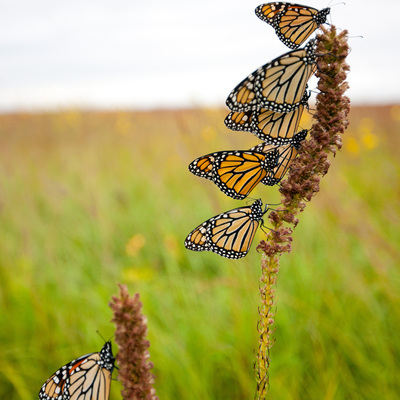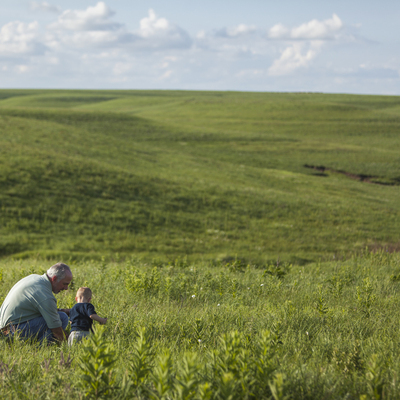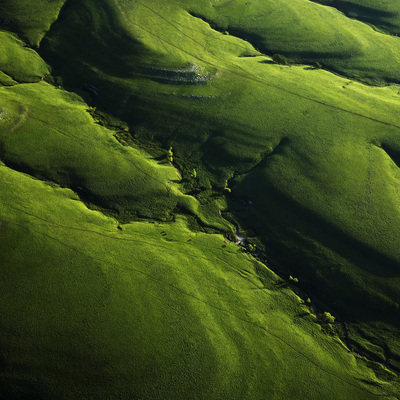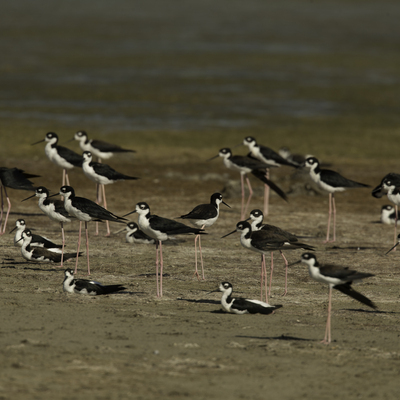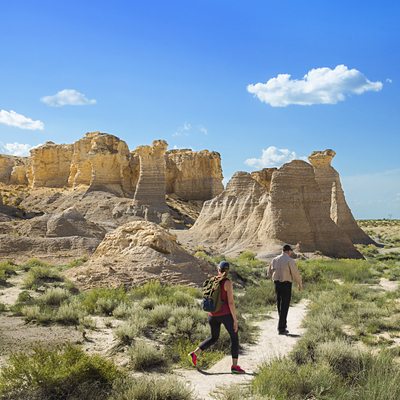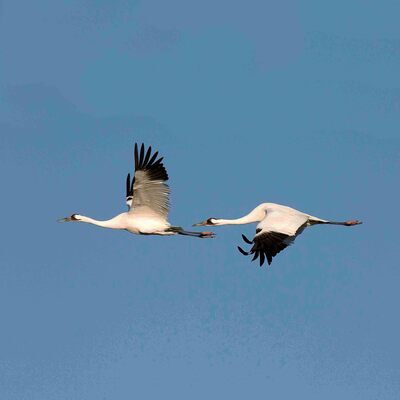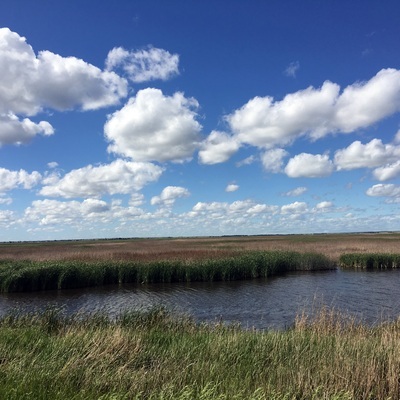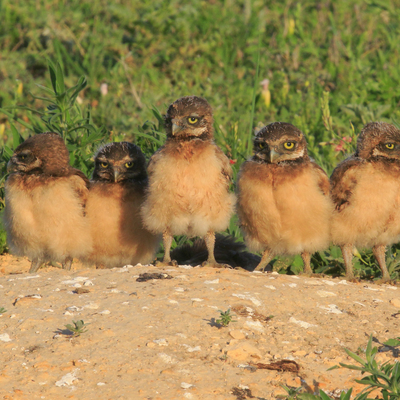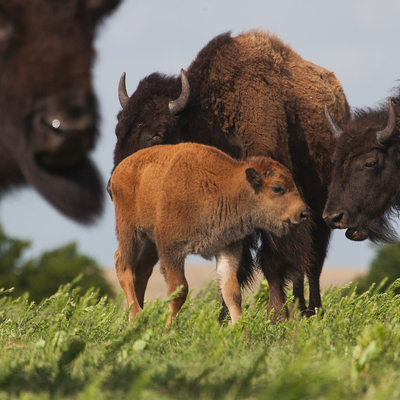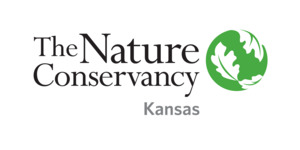Specific Need
A gift to TNC ensures the wild places and animals of Kansas are protected for generations, including iconic landscapes like:
- Konza Prairie Biological Research Station (between Junction City and Manhattan): A Flint Hills favorite that attracts hikers, birders, researchers, and students who want to experience the expansive beauty of the Kansas prairie. It is owned by The Nature Conservancy and operated as a field research station by Kansas State University's Division of Biology.
- Tallgrass Prairie National Preserve (near Strong City): An 11,000-acre preserve located in the heart of the Flint Hills—the largest expanse of tallgrass prairie left in the world. It is the only unit of the National Park Service (NPS) that is dedicated to the rich natural history of the tallgrass prairie.
- Cheyenne Bottoms (near Great Bend): A 41,000-acre wetland complex in central Kansas and one of the top staging areas for shorebirds and waterfowl in the United States. These wetlands host tens of thousands of shorebirds and up to 1/4 million waterfowl each year during their migrations. Cheyenne Bottoms is one of only 34 sites in the United States designated a “Wetland of International Importance” by the Ramsar Convention on Wetlands.
- Smoky Valley Ranch & Little Jerusalem Badlands State Park (in western Kansas between Oakley and Scott City): Smoky Valley Ranch combines a working cattle ranch with thriving wildlife populations. It is home to lesser prairie-chicken, a bison herd and pronghorn. Little Jerusalem houses Kansas’ most dramatic Niobrara chalk formation. They provide unique and important habitat for many plants and wildlife. Native amphibians, reptiles, and birds such as ferruginous hawks and cliff swallows live here.
Mission
The mission of The Nature Conservancy is to conserve the lands and waters on which all life depends.
Profile
The Nature Conservancy is an environmental nonprofit working to create a world where people and nature thrive. Across the U.S. and in over 70 countries, we use the best available science, a creative spirit, and a non-confrontational approach to craft innovative solutions to complex conservation problems at scales that matter and in ways that will endure.
In Kansas, we have permanently protected over 161,000 acres of land and over 600 miles of streams across the state, including six preserves that are open to the public: Cheyenne Bottoms, Flint Hills Tallgrass Prairie Preserve, Konza Prairie Biological Research Station, Little Jerusalem Badlands State Park, Smoky Valley Ranch, and Tallgrass Prairie National Preserve.

